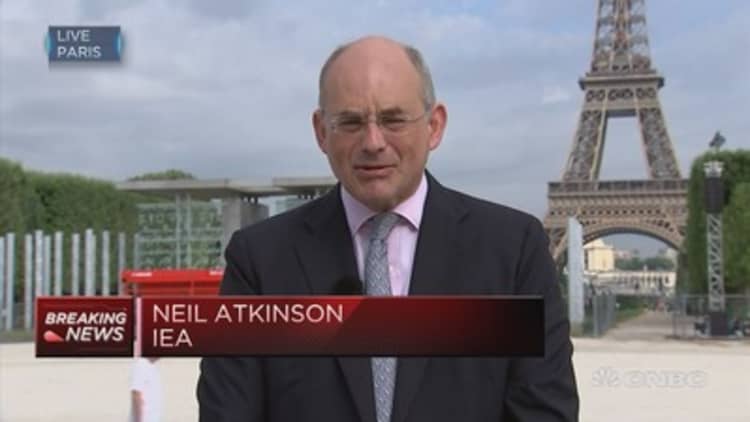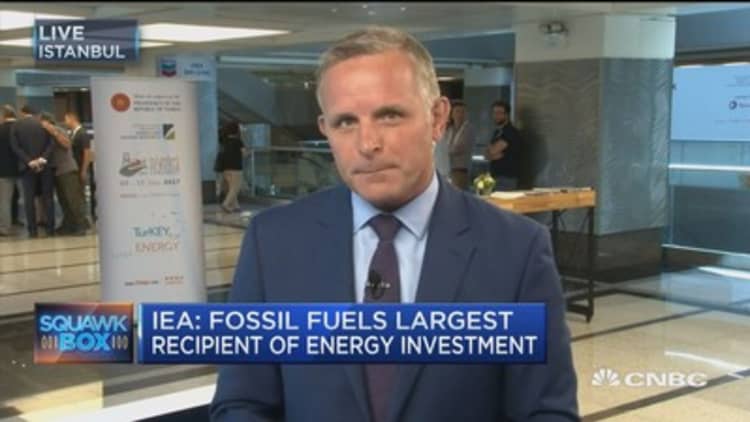
Global oil supply rose in June as compliance with an OPEC-led deal to freeze production showed signs that it was stalling, the International Energy Agency (IEA) noted in its latest market report on Thursday.
The supply of oil rose by 720,000 barrels a day in June across the world and by 340,000 barrels a day in OPEC countries. This was driven by higher production even in those countries subject to an OPEC-led deal to cut production. Saudi Arabia has increased its flows, the IEA said, as well as Libya and Nigeria who are not part of the production freeze.
"Higher output from members bound by the production pact knocked compliance to 78 percent in June, the lowest rate during the first six months of the agreement," the IEA said in the report.
The agency also said that "compliance with agreed non-OPEC output curbs improved to 82 percent in June, overtaking compliance from OPEC for the first time since the cut took effect in January."
At the start of the year, OPEC and non-OPEC countries, including Russia, agreed to cut production in order to boost market prices. They have since extended the deal until March 2018, but there are increasingly doubts over the sustainability of the deal. Kazakhstan, for example, has said it wants a gradual exit from the output cap deal.
OPEC might push Libya and Nigeria to adopt production cut
But Neil Atkinson, head of the oil industry and markets division at IEA, said that "the rebalancing is happening … It's just taking longer than what most people originally thought."
"Clearly the rise of Libya and Nigeria that we've seen in the last few months, has been slightly unexpected. I don't think anybody thought they could increase their production by up to 700,000 barrels a day or so which is what they've actually done," Atkinson told CNBC on Thursday.
"And if they're able to maintain current production or even expand it, I would imagine that the rest of OPEC as we've said in the report will feel a bit frustrated by this because of course it's diluting the impact of their cuts and efforts might be made to include Libya and Nigeria in the pact."

In terms of demand, the IEA revised up its forecast for 2017 by 0.1 million barrels a day. It now sees demand growth of about 1.4 million barrels a day for this year.
Given the supply glut, oil prices dropped an average of $3 to $4 per barrel in June and are currently trading at similar levels to those seen when the OPEC output deal began, the IEA also said in the report. Brent fell 0.75 percent to $47.38 a barrel and WTI dropped 0.64 percent to $45.20 following the IEA's report on Thursday morning.
Commodity markets have been nervous over the past few weeks on continuous drilling activity in the U.S. and threats from some countries who committed to the OPEC output cap deal.


